Kibale National Park
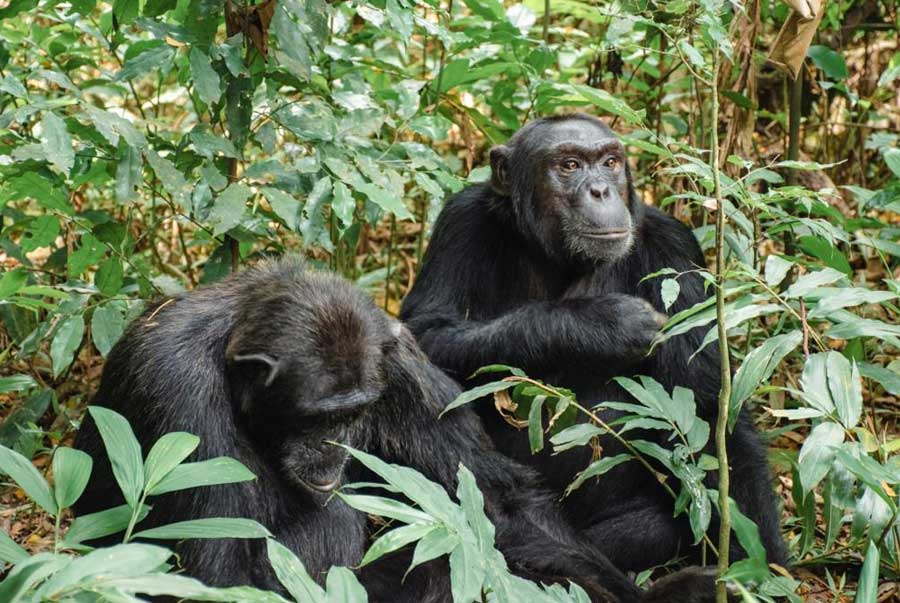
Location: Western Part of Uganda
Area: 766 km2 (296 sq mi)
Overview
This Park was established in 1993, but gazetted in 1932 to protect a large area of forest previously managed as a logged forest reserve, forming a continuous forest with Queen Elizabeth National Park. Situated in the western part of Uganda, covering an area of about 26km southeast of Fort port with 300km of tarmac road, and another 36km on a marram road to Kanyanchu. (5 hr. drive).
The park is close to the serene Ndali Kasenda crater area and a 2hr 28min drive to Queen Elizabeth National Park, 140kms (5hr 22min) to the Rwenzori Mountains, accessible by air to two airstrips, Nyakishara in Mbarara (approx. 98km through Kamwenge to Kanyanchu) and Kasese airstrip. Tooro Airstrip / Semuliki Wildlife Reserve is only 86km from Kanyanchu.
Southern Kibale borders Queen Elizabeth National Park and collectively these conservation areas protect a 180km long migration corridor for wildlife stretching from the remote southern sector of Queen Elizabeth National Park in “Ishasha” to “Sebitoli” in northern Kibale. The density and diversity of primates in Kibale National Park are the highest in the whole of Africa with the Chimpanzees most well-known of the 13 species.
The 1,450 Kibale chimpanzees indicate Uganda’s biggest population of this threatened primate and home to the uncommon L’Hoest’s monkey as well as East Africa’s biggest population of the endangered red colobus monkey. The black and white colobus, red-tailed monkey, blue monkey, olive baboon, grey-cheeked Mangabey, bush baby, and Potto amongst other primates.
The 13 species of primates live with a 795km2 land cover with the most beautiful and diversified tracts of tropical forest in the whole of Uganda. The forest covering predominates in the central, and northern parts of the park on the raised Fort Portal plateau. At the park’s northern highest tip, Kibale stands above sea level. Whereas the wildlife consists of buffaloes, leopards, bush pigs, elephants, and duikers which are hardly seen. Keen viewers may also spot some amphibians, reptiles, and a variety of butterflies.
The park is accessible all year round, and the best time to visit is in the dry season when the trails are passable which runs from December to February, then June to September. The northern area of Kibale is the wettest from March to May and September to November. The average temperature ranges from 14C to 27C. The southern part of the park experiences warmer temperatures and lower amounts of rain where the terrain drops onto the hot rift valley floor and forest.
The Uniqueness of this Park
- Has the highest density and diversity of primates in Kibale National Park and the whole of Africa.
- The 1,450 Kibale chimpanzees indicate Uganda’s biggest population of this threatened primate.
- Home to the uncommon L’Hoest’s monkey.
- East Africa’s biggest population of the endangered red colobus monkey.
Accommodation Options
- Primate Lodge Kibale (nine spacious and en-suite Luxury Cottages).
- Chimpundu Lodge Kibale Forest (14 luxury cottages).
Activities at the Destination
The Kibale Forest walk trail is 12km long, hike, birding in Kibale, Cultural Tours around Kibale, Crater Lakes Tour, Cultural Trails, game viewing drives in Kibale Forest National Park, Chimpanzee Trekking, Chimp Habituation, Nature Guided Walks, Cultural Experience.
African Sundowner
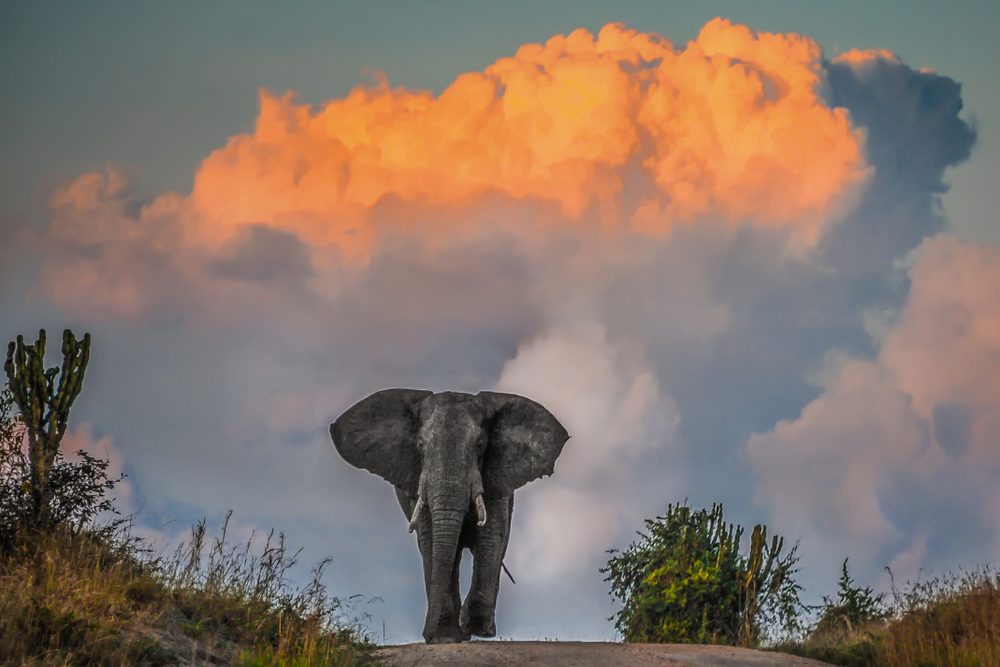
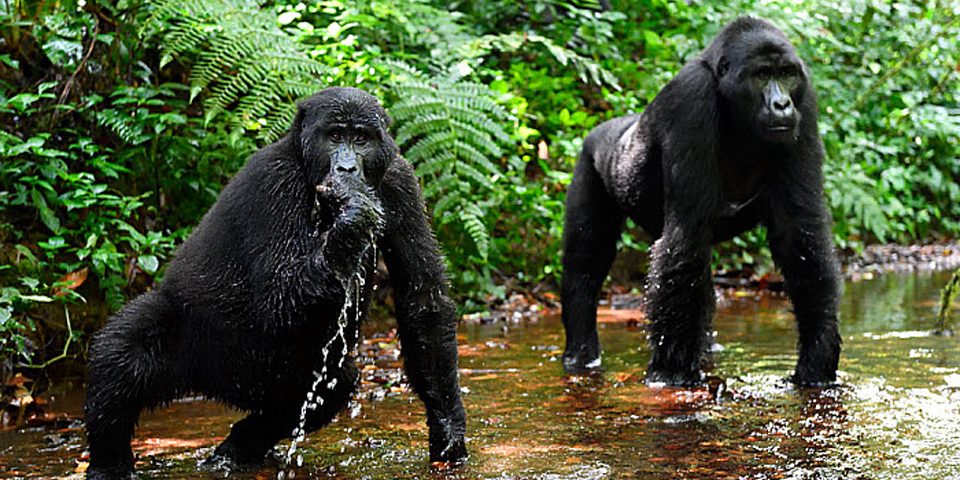

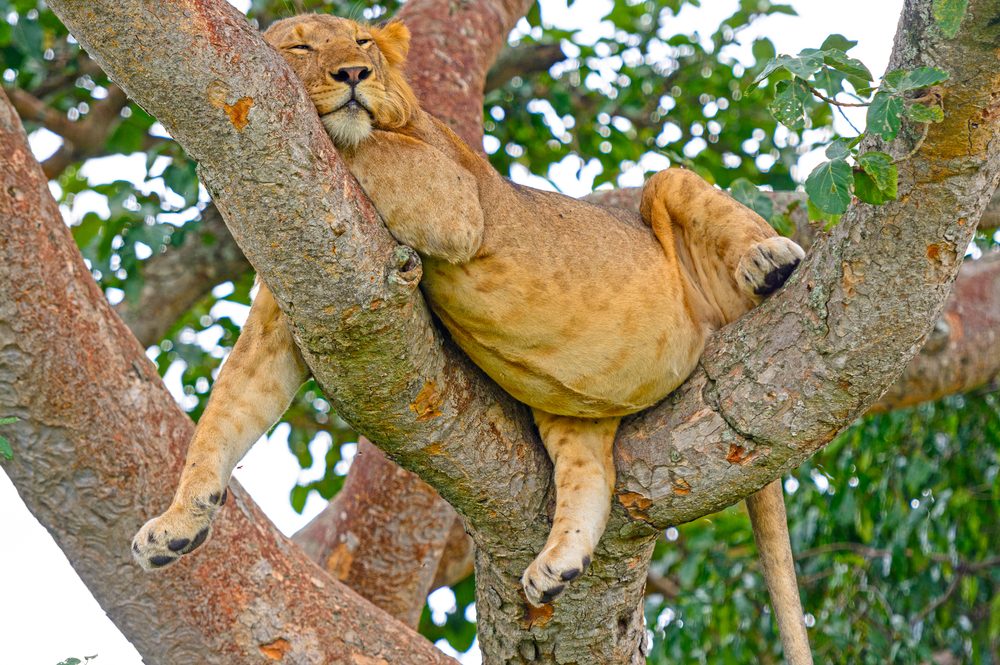
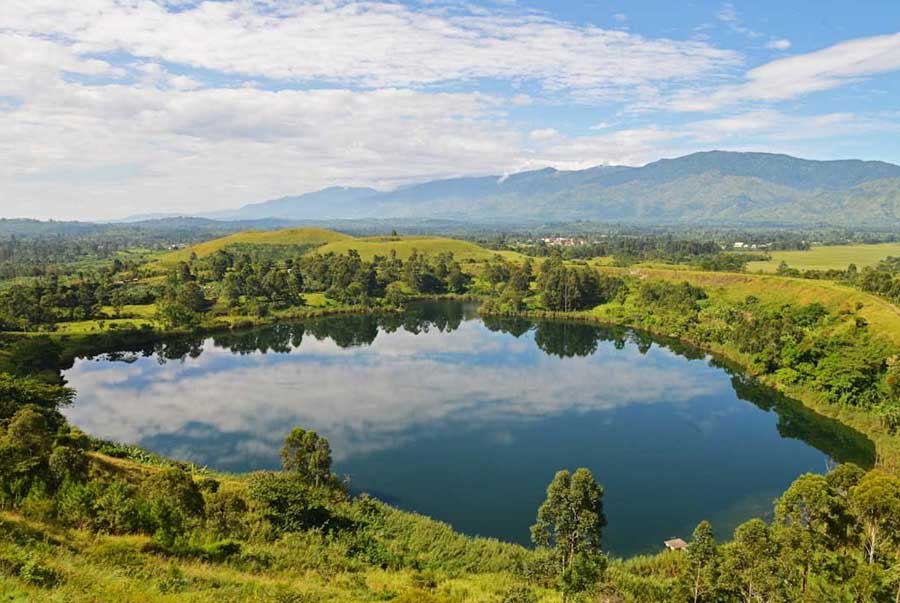

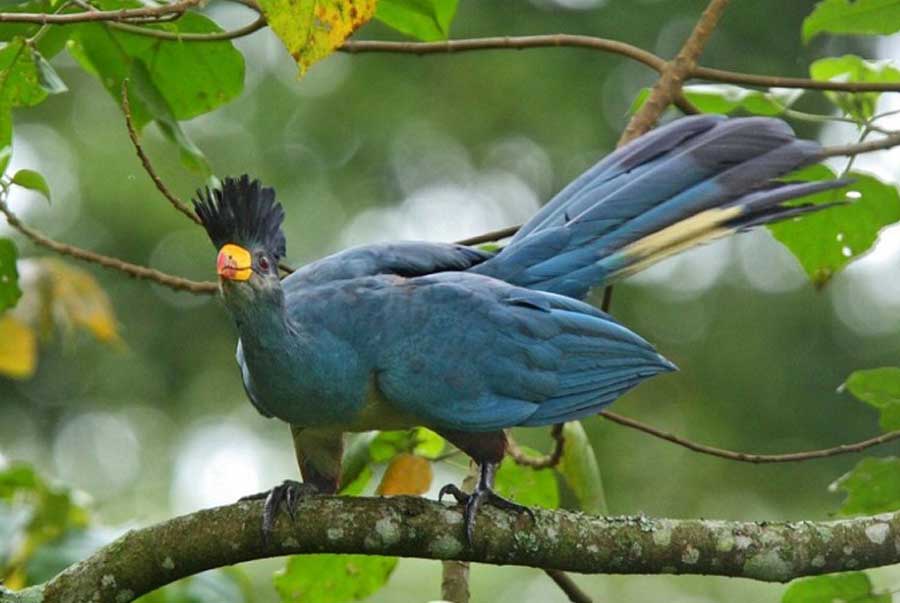
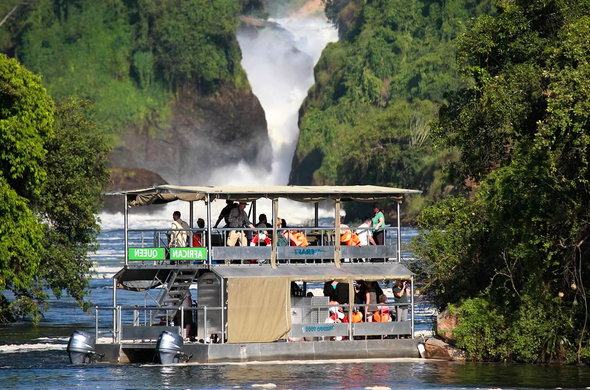
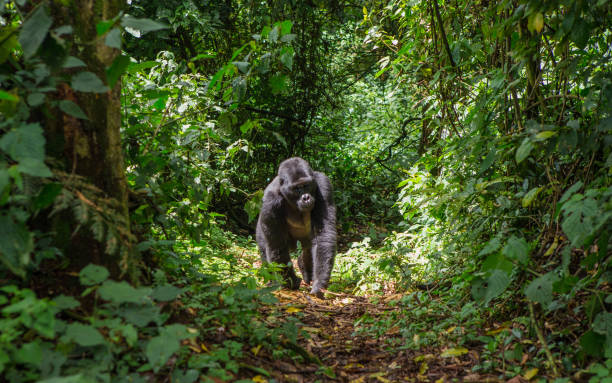
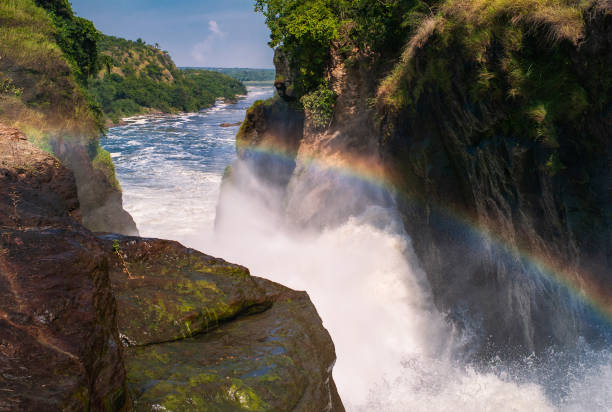
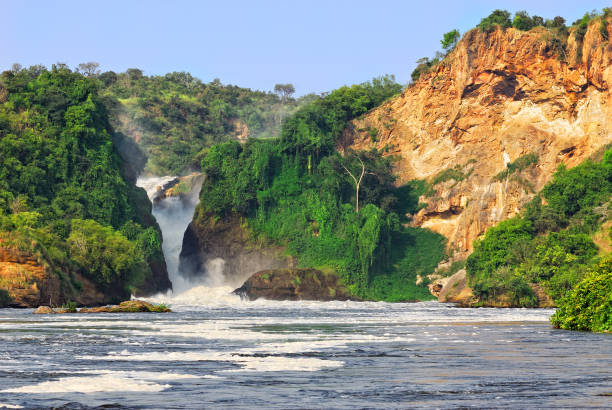
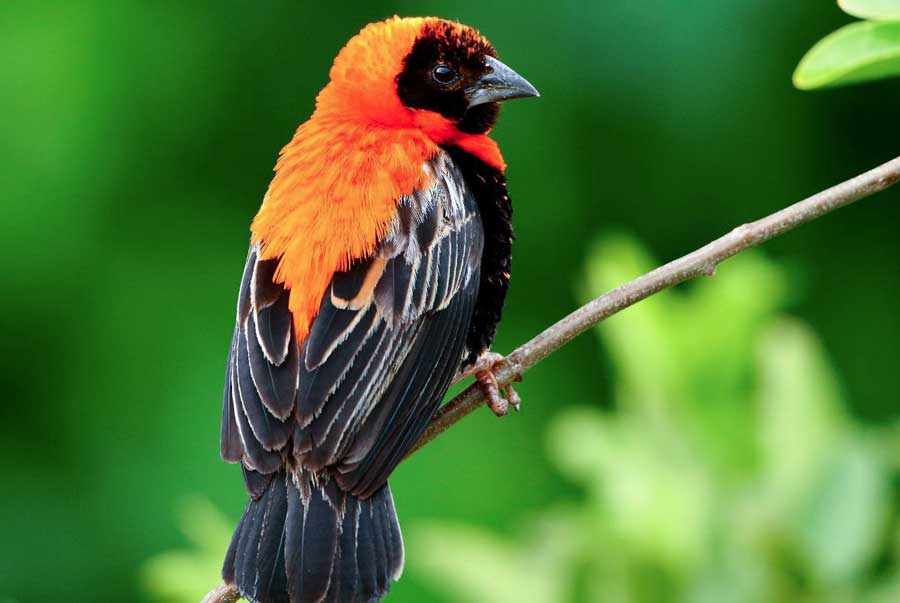

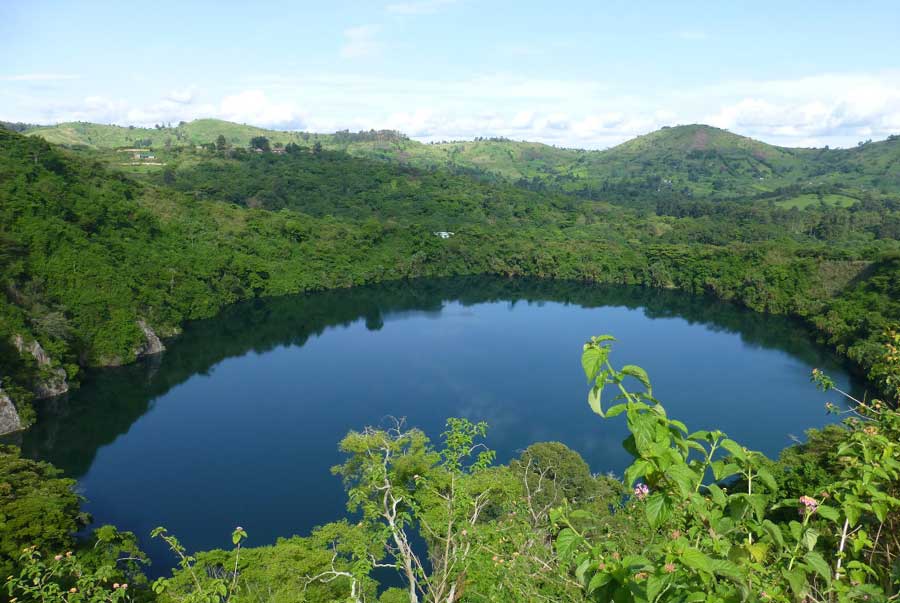
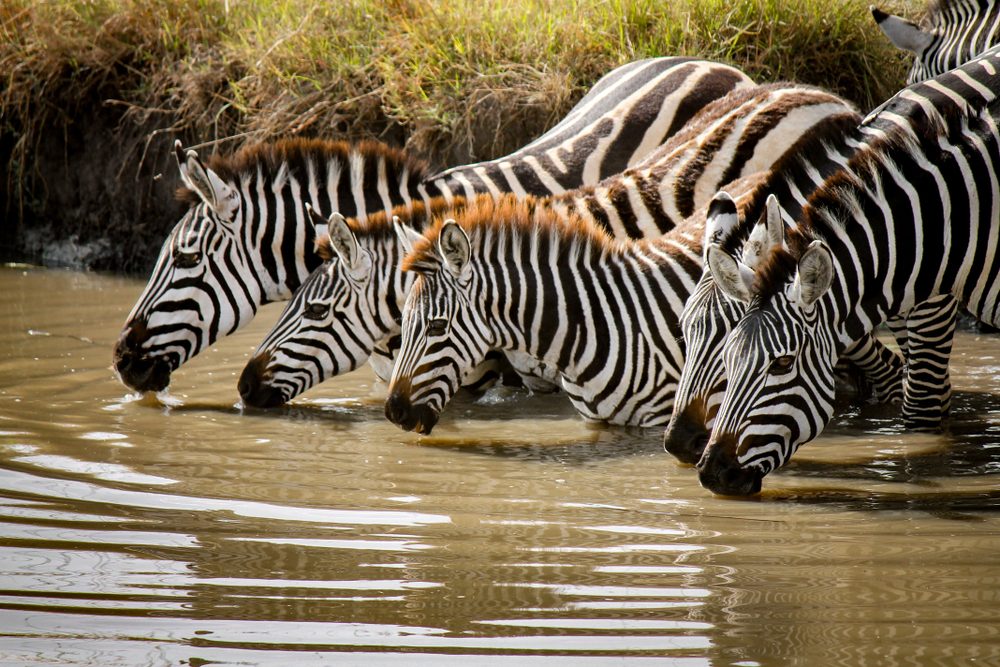
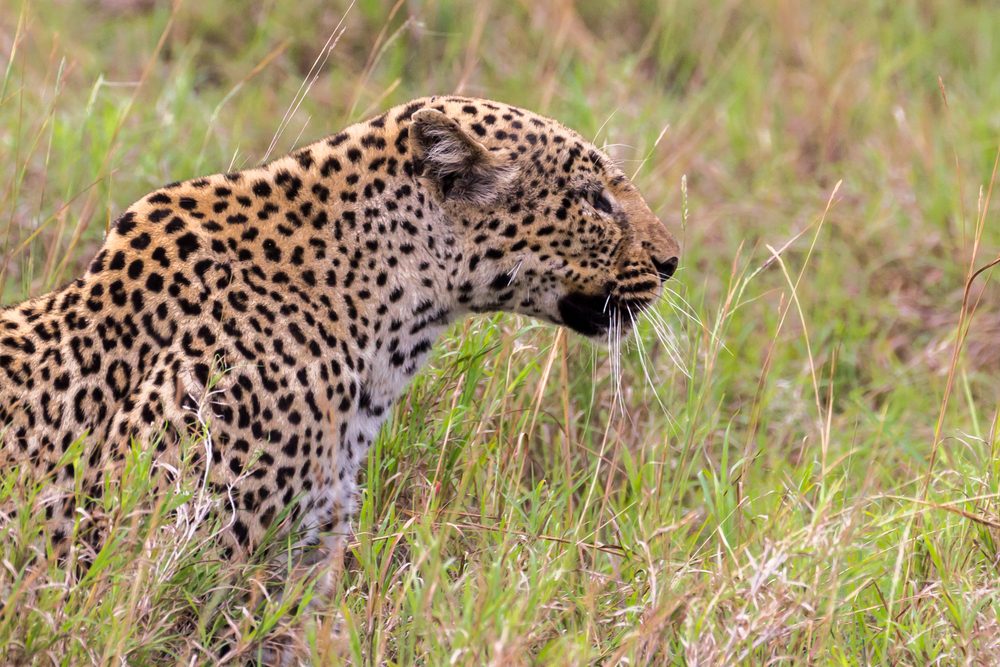
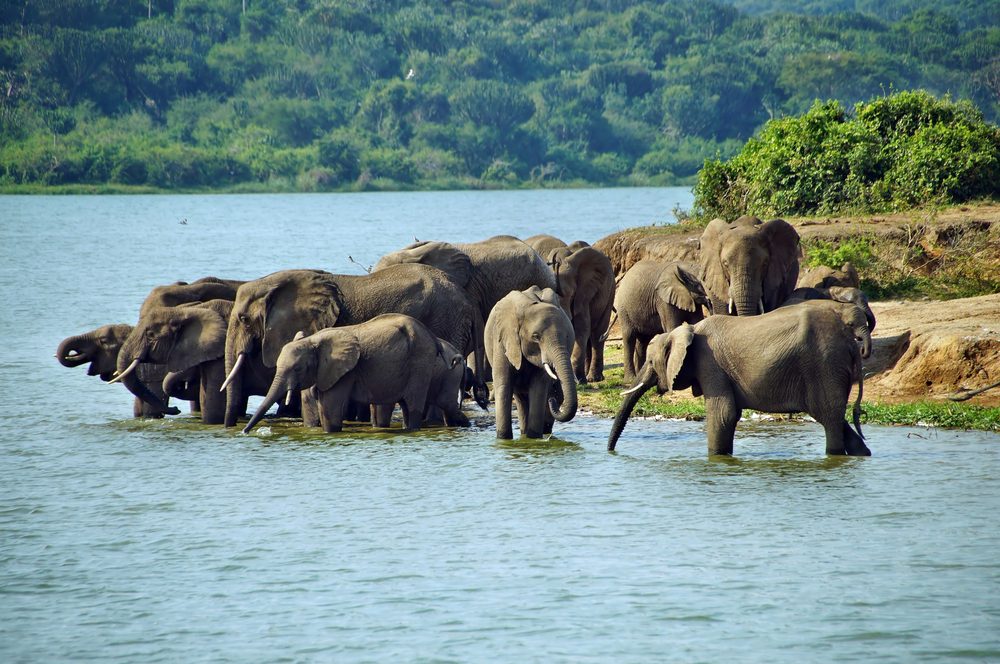

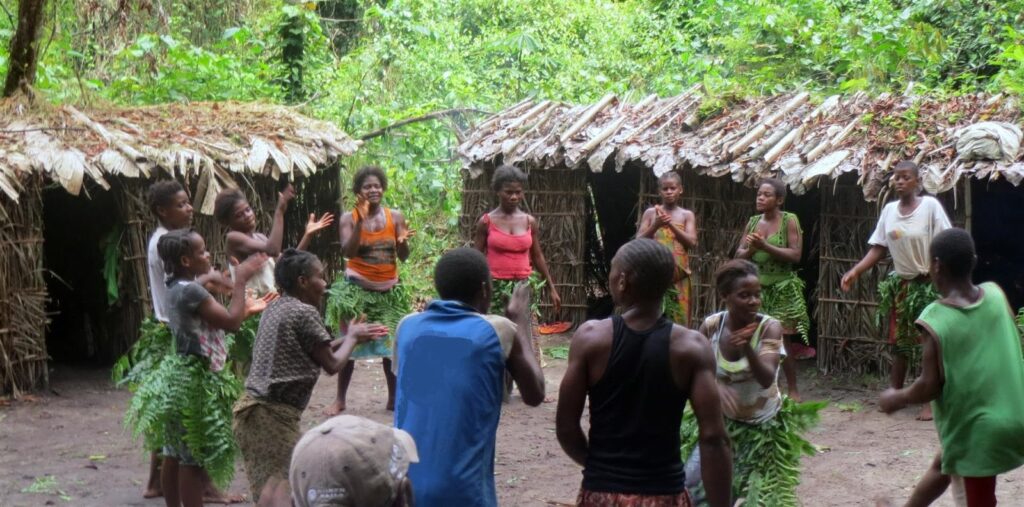
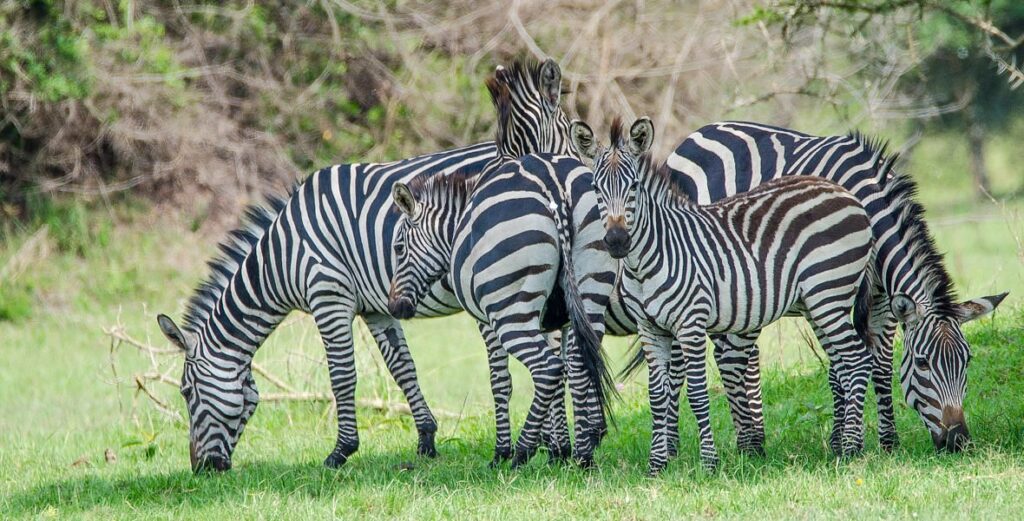
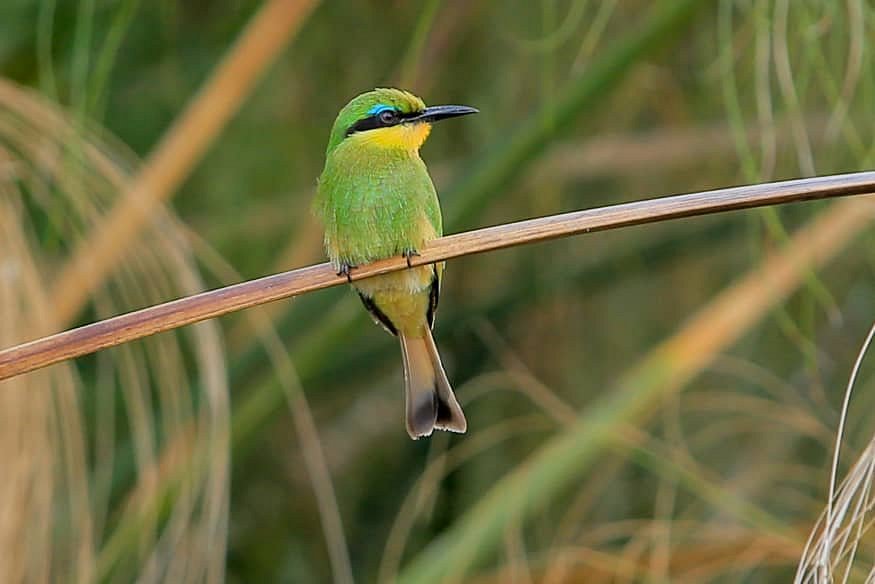
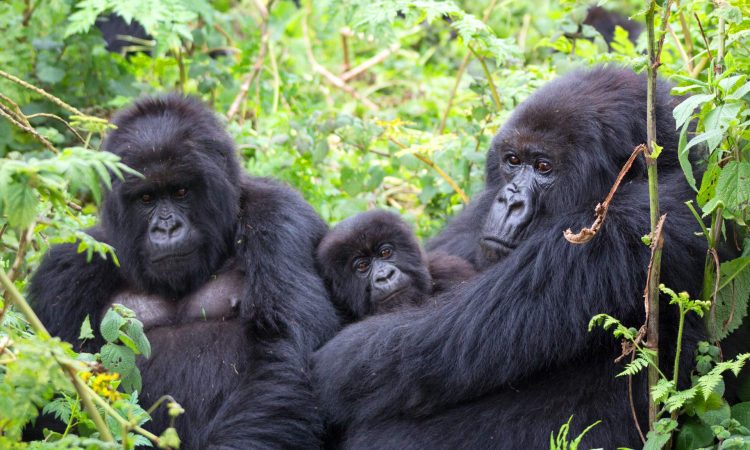
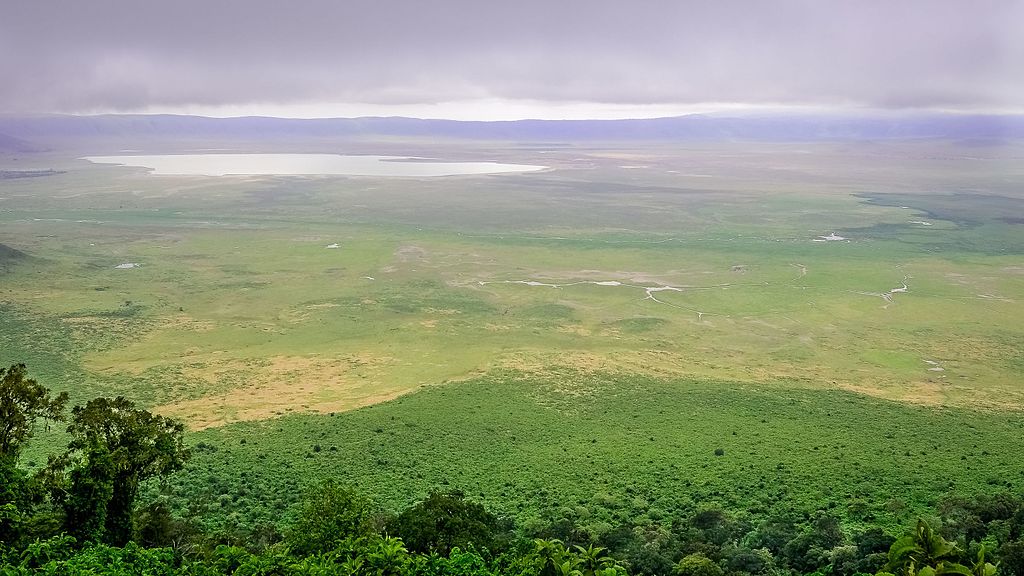
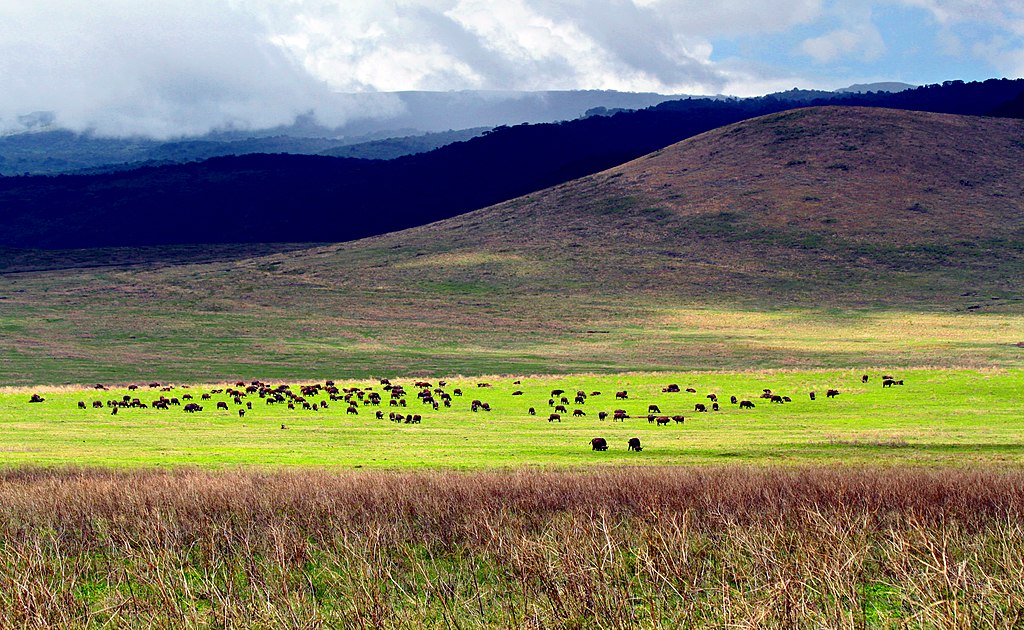
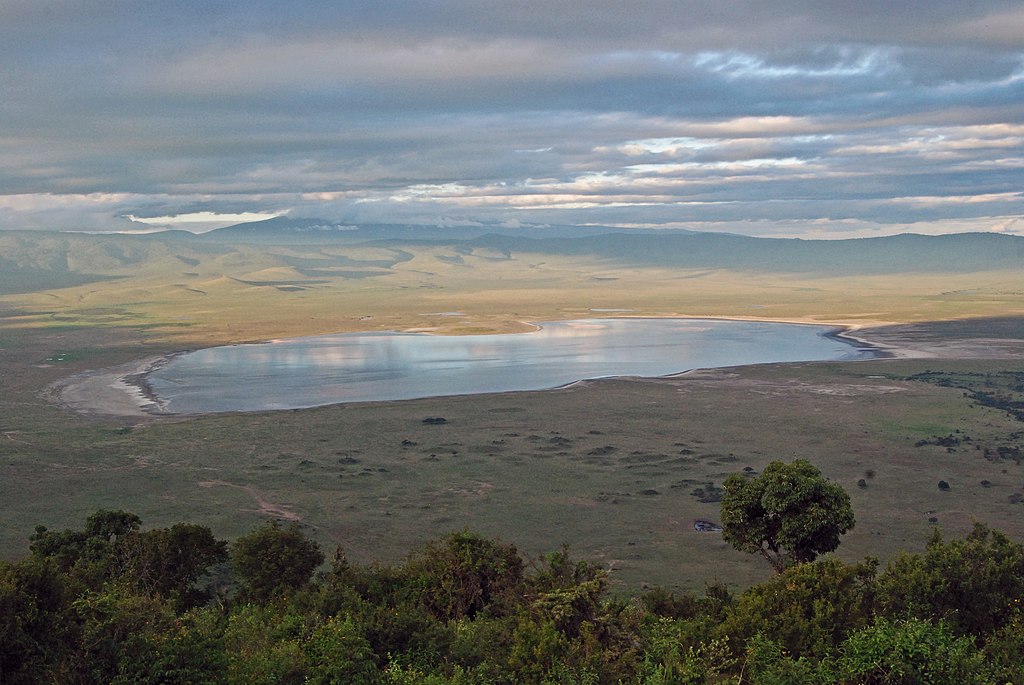
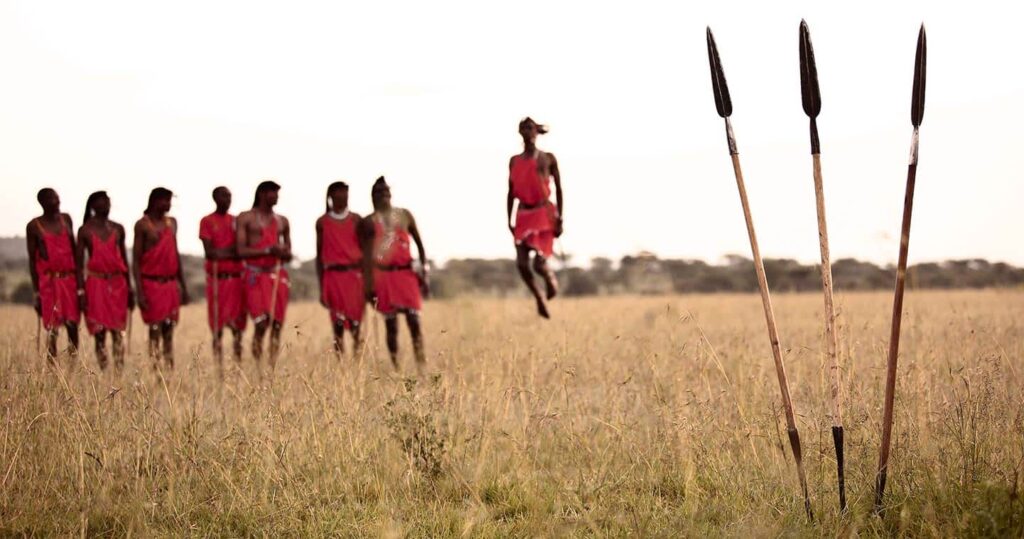
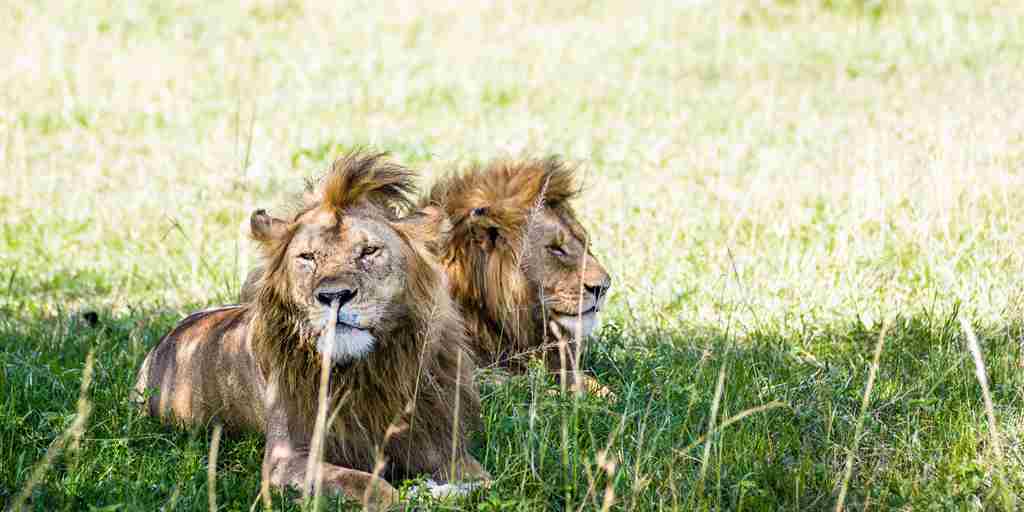
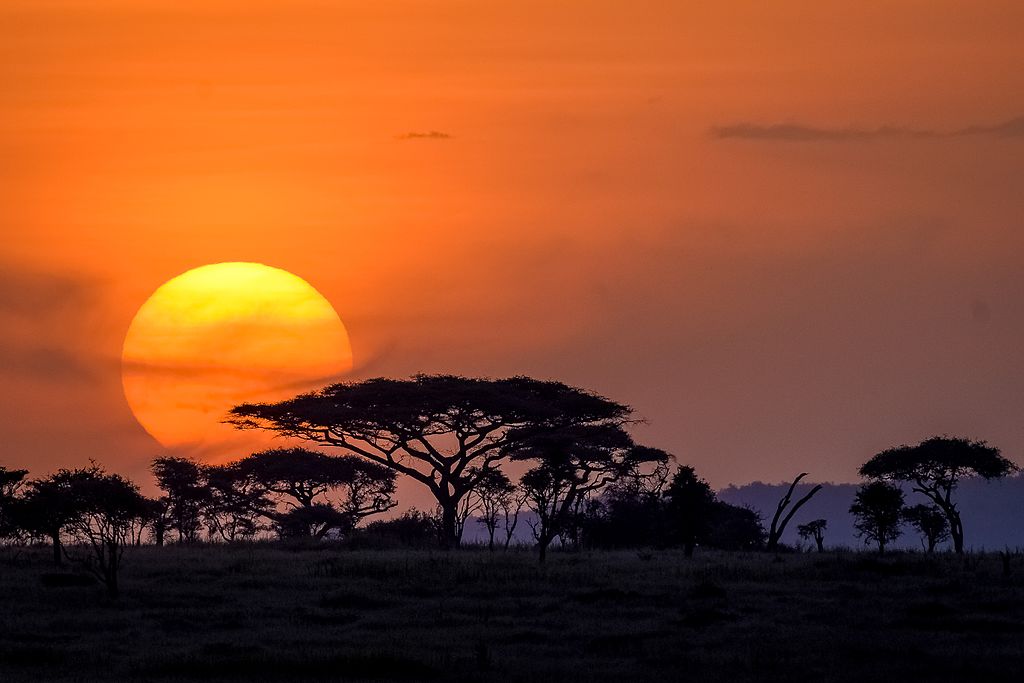
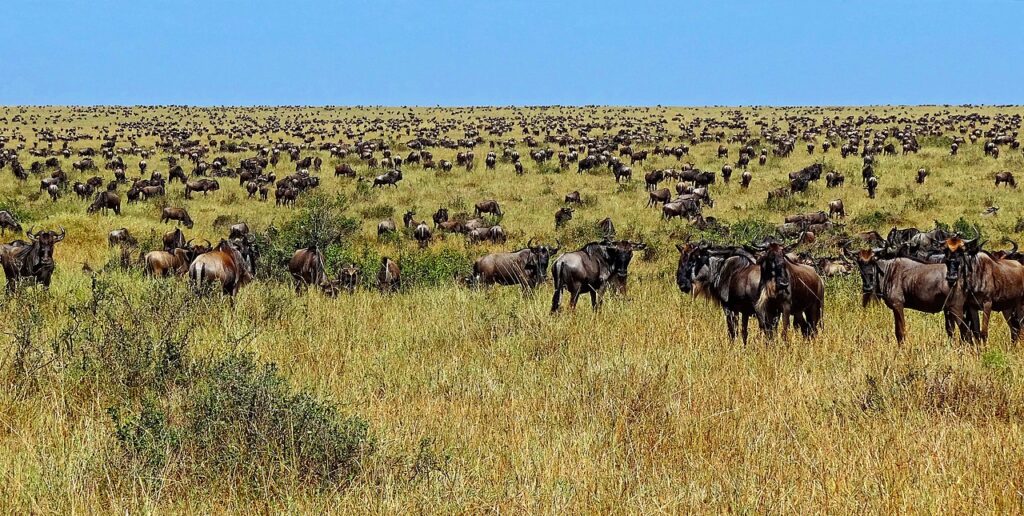
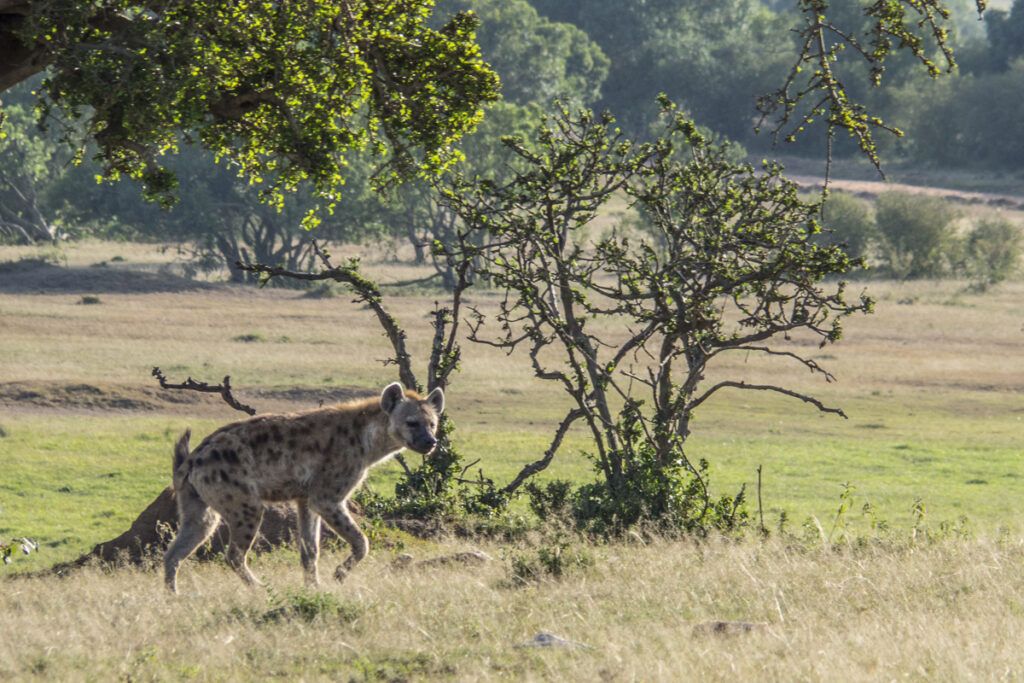




Bird Watching








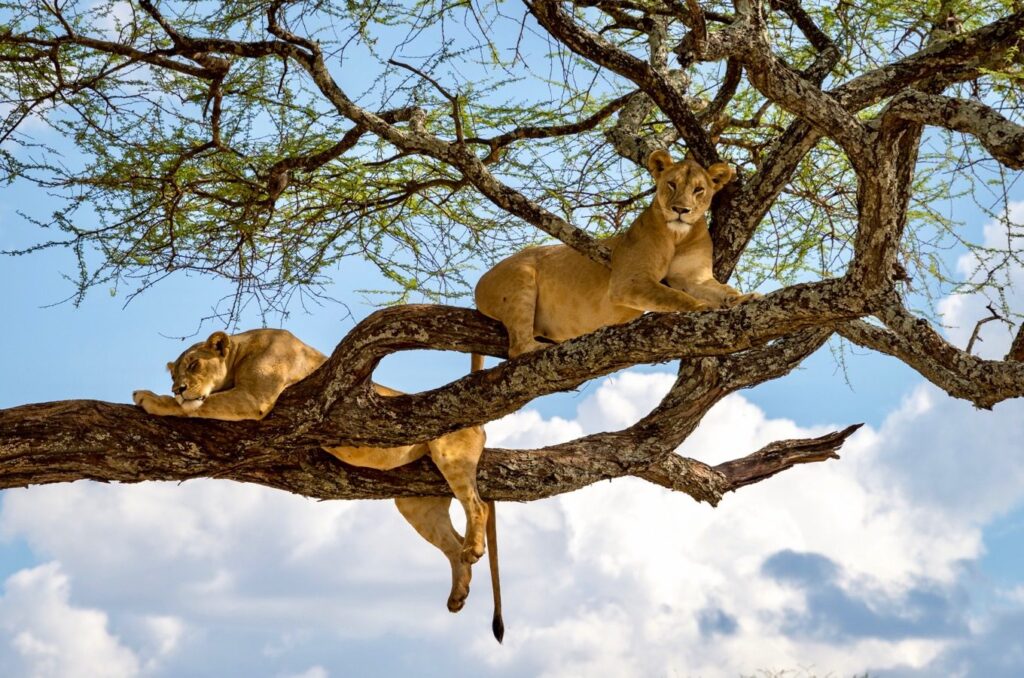

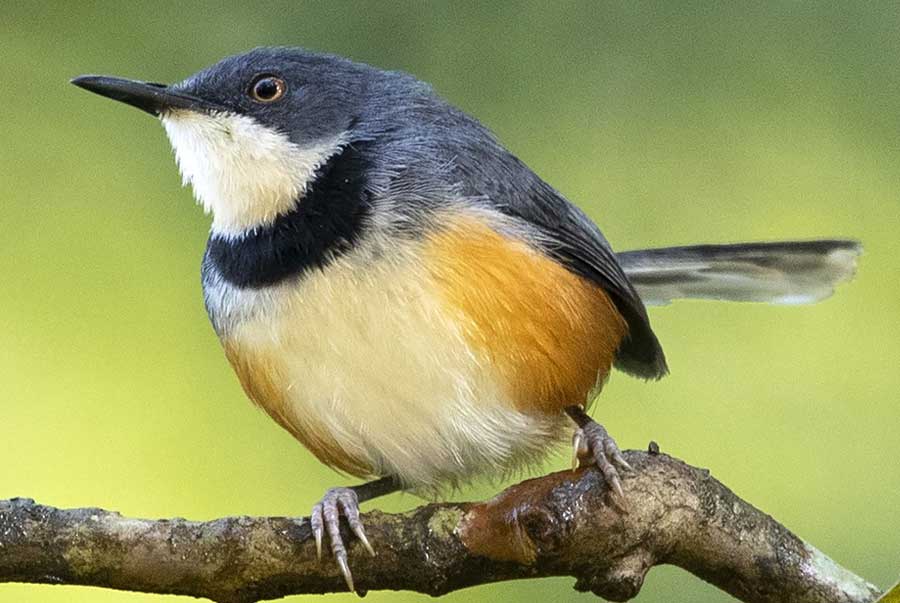






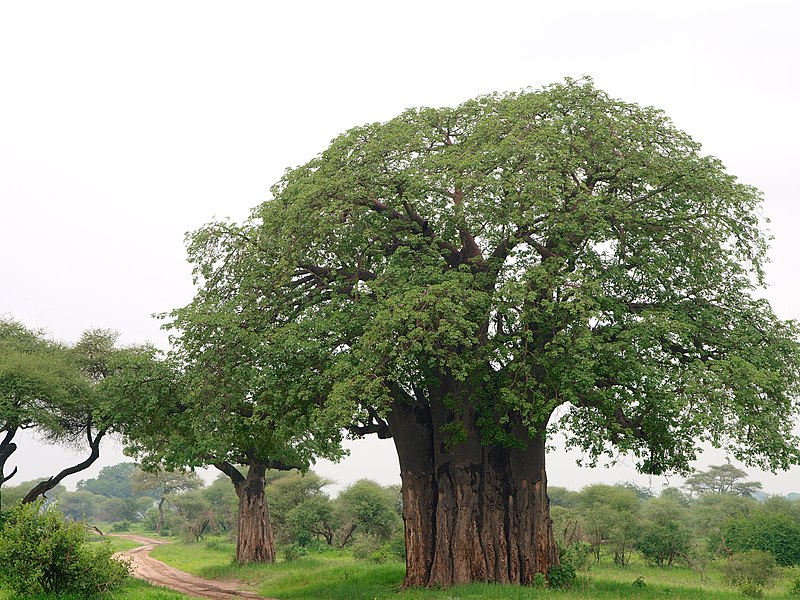
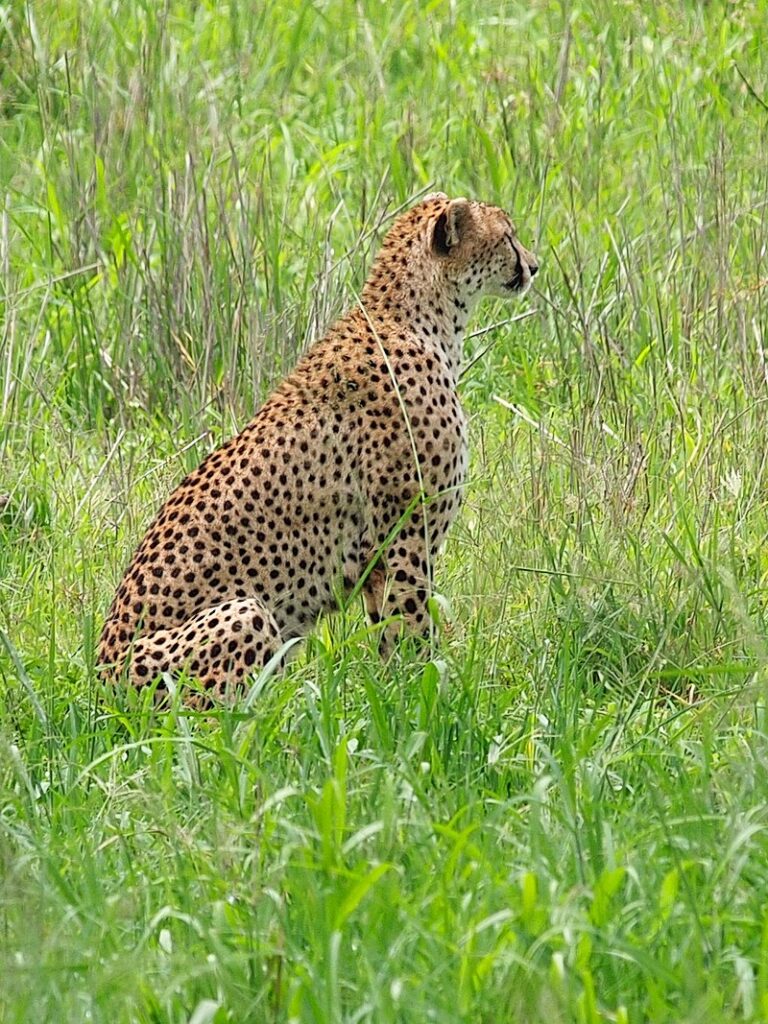
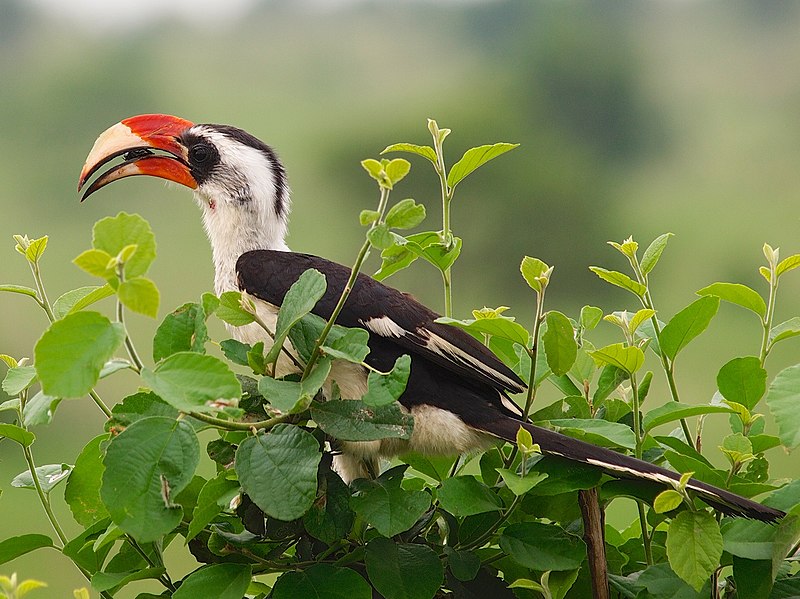



























Bush Breakfast





















Bush Lunch


























Chimpanzee Trekking





















Cultural Tour















































Game Drive















































Golden Monkey Tracking













Gorilla trekking















































Guided Walking Safaris















































Horseback Riding


























Hot Air-Balloon Safari


























Night Game Drive


























Photographic Safaris


































The Great Wildebeest Migration













